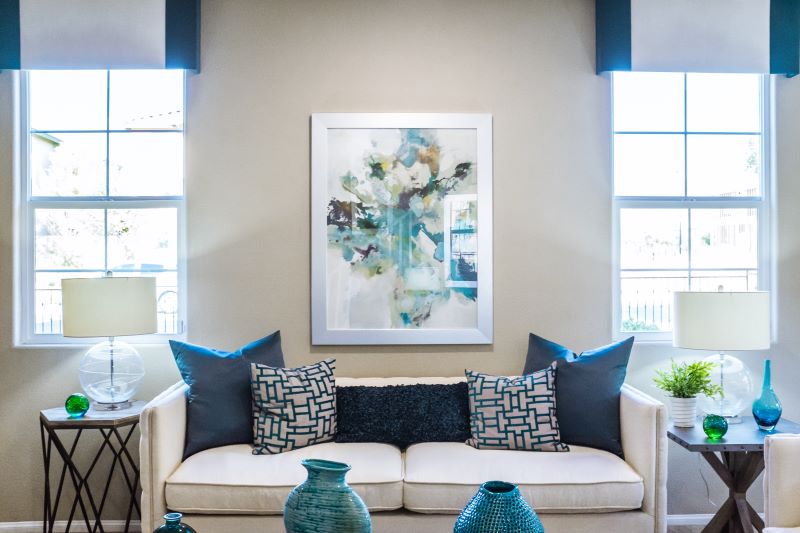The Ultimate Guide To Bathroom Painting

Painting a room is an easy and inexpensive way to refresh your decor. It can also make a bold style statement or transform a small space into something more significant and brighter.
Because bathrooms are damp, look for paint formulated for moisture resistance and mold prevention. It will prevent mildew growth and help your paint last longer.
Paint The Ceiling
Repainting the ceiling in your bathroom is more than just a cosmetic upgrade. An adequately chosen paint can help stave off water damage and mold. The best bathroom paints are semi-gloss, made to resist mildew and stains.
If your bathroom still needs to be painted with moisture-resistant paint, you should apply a mold inhibitor primer before painting. Then, choose a high-quality latex paint with a satin or eggshell sheen.
Since a bathroom can get extremely humid, you should always have the exhaust fan running to pull moisture out of the air and help the new paint dry faster. Place drop cloths and painter’s tape on the walls and flooring to protect them from drips and splatters. Also, with tape to ensure clean lines, block off any areas you won’t be painting, like the tub and vanity. It will help you avoid over-brushing and smearing the new paint on the walls. Paint the corners first using a brush, then roll the rest of the ceiling.
Paint The Walls
Unlike the living room, where you can rely on your steady hand to cover walls in one coat, a bathroom is where even minor imperfections allow moisture to seep beneath and undermine your paint job. So, it’s essential to sand and prime before you begin your bathroom painting.
Select satin or semi-gloss finishes that are moisture-resistant when choosing your bathroom paint. It will help to protect your wall from humidity, which can cause mold and mildew.
When painting the walls, a good-quality angled brush is ideal for cutting in along the edges of your trim and vanity. However, if you’re confident in your abilities and have a steady hand, there is no need to use painter’s tape. Once you’ve finished taping the trim and your bathroom is clear of any lingering debris, use a lightweight nap roller to cover the rest of your walls quickly and easily. Then, evaluate whether you need a second coat of paint.
Paint The Trim
A fresh coat of paint is a great way to brighten up your bathroom and update its look. But painting a bathroom is not easy to compear to painting other rooms because it requires more maneuvering to paint around fixtures like toilets, showers, and sinks. And it’s essential to choose the right type of paint for a bathroom, one that’s durable and mildew resistant.
Local painting pros recommend using latex paint in bathrooms because it’s easier to clean up than oil-based paint and emits less odorous volatile organic compounds (VOCs) into the air. They also advise removing as much of the hardware, wall plates, and doors as possible for easy access and neat paint lines.
For the best results, consider painting the trim the same color as the walls to eliminate dividing lines and make the room feel larger. And remember that a gallon of paint will cover 400 square feet, so be sure to plan accordingly.
Paint The Floor
Painting a bathroom can seem like a big project, but it is worth the effort. It is a great way to change the look and feel of an entire room and can freshen up a moody space. It requires more planning than painting other rooms in your house, as you will be working with a lot of water and need to maneuver around fixtures like showers and tubs.
When it comes to choosing the right paint, pick a semi-gloss or satin formula that is labeled as mildew resistant. It will help prevent your new paint from growing mildew and make it easy to clean if there is any moisture damage down the road.
Consider a primer designed for bathrooms, as these products will be more durable and have additives that resist mold and mildew growth on the paint film.
Read Also:













Leave A Reply